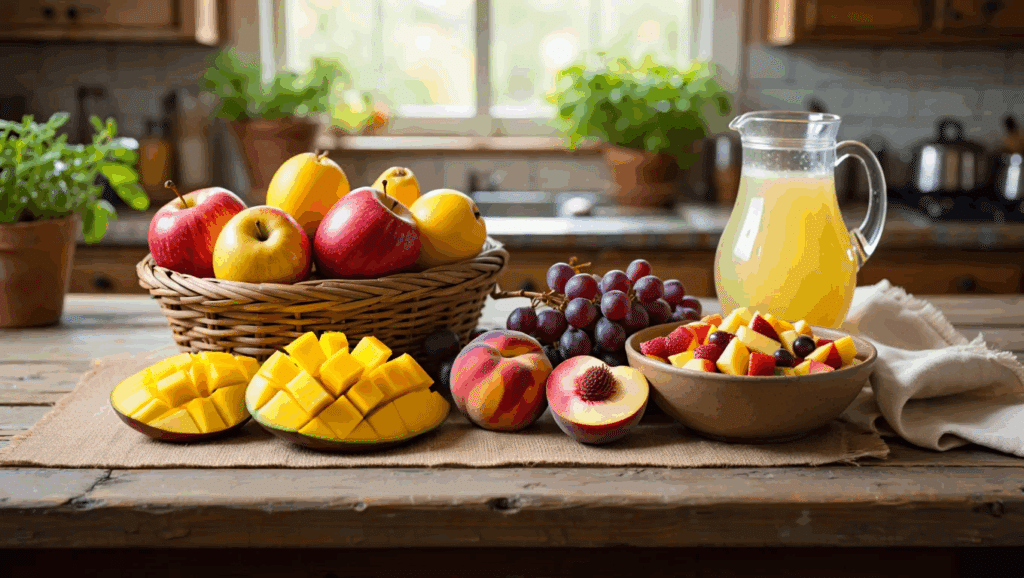Think most people know all the 5 letter fruits? Here’s the insider secret most fruit lovers never realize.
Most folks can name apple, grape, and maybe lemon when asked about five-letter fruits. But they’re missing some of the most delicious and exotic options hiding in plain sight at grocery stores and farmers’ markets.
Teachers never mention the surprising variety of five-letter fruits during nutrition lessons. People stick with the same boring choices while incredible alternatives sit ignored on shelves.
Rare 5 Letter Fruits that You Should Know About
Rare fruits with five letters that offer unique flavors and textures. These lesser-known fruits are a delightful discovery for any fruit lover.
1. Lúcum
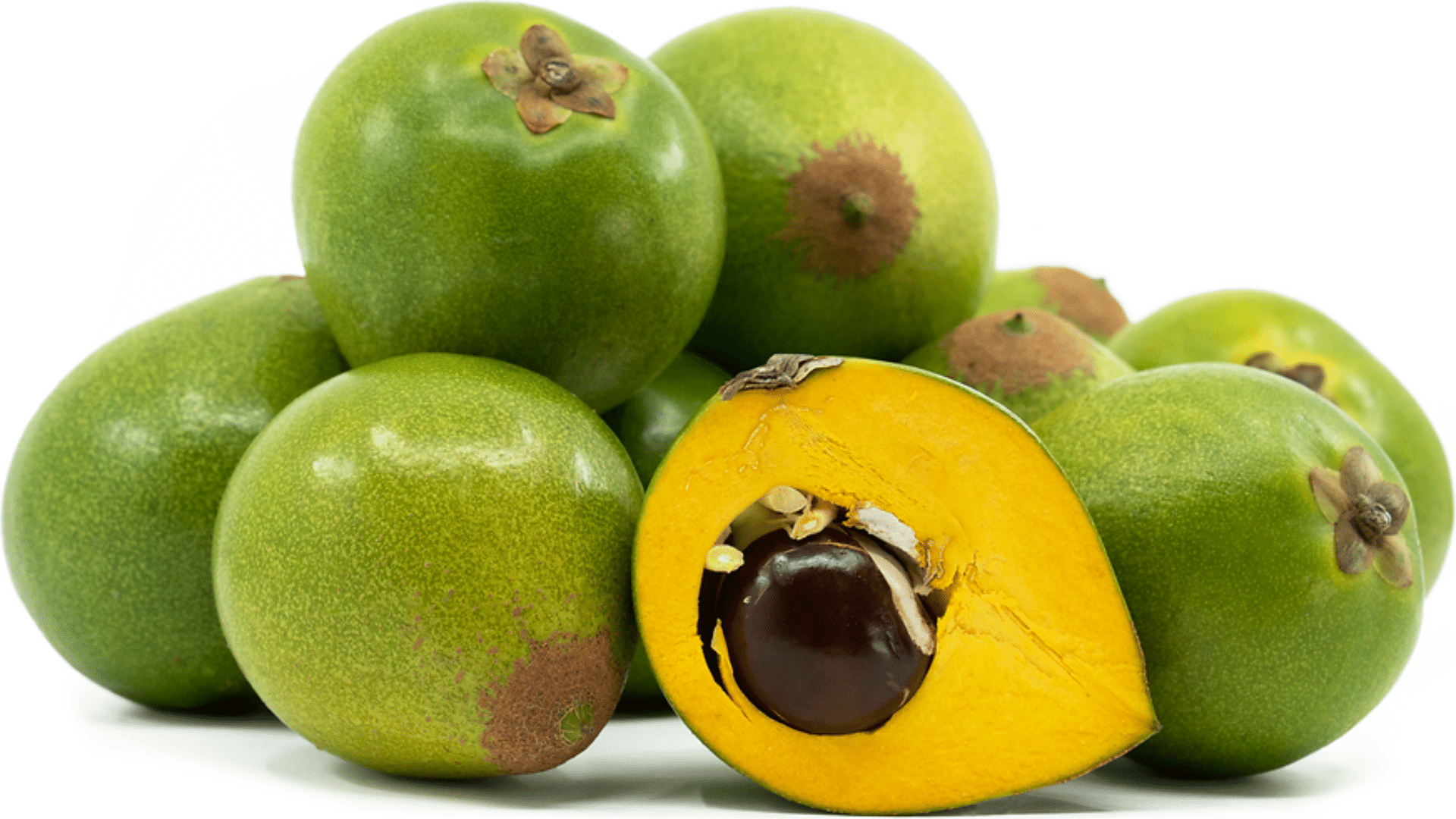
Lúcum (also spelled lucuma) is a subtropical fruit native to Peru. Its dry, starchy flesh has a naturally sweet, maple-like flavor, making it a popular ingredient in ice creams and smoothies.
| Attribute | Details |
|---|---|
| Scientific Name | Pouteria lucuma |
| Harvesting Season | Late summer to early fall |
| Growing Conditions | Subtropical climate, well-drained soil |
| Culinary Uses | Ice cream, smoothies, baking, powders |
| Popular Regions | Peru, Chile, Ecuador |
Fun Fact: Lúcum is so beloved in Peru that it’s the country’s most popular ice cream flavor, more than chocolate or vanilla!
2. Jujub
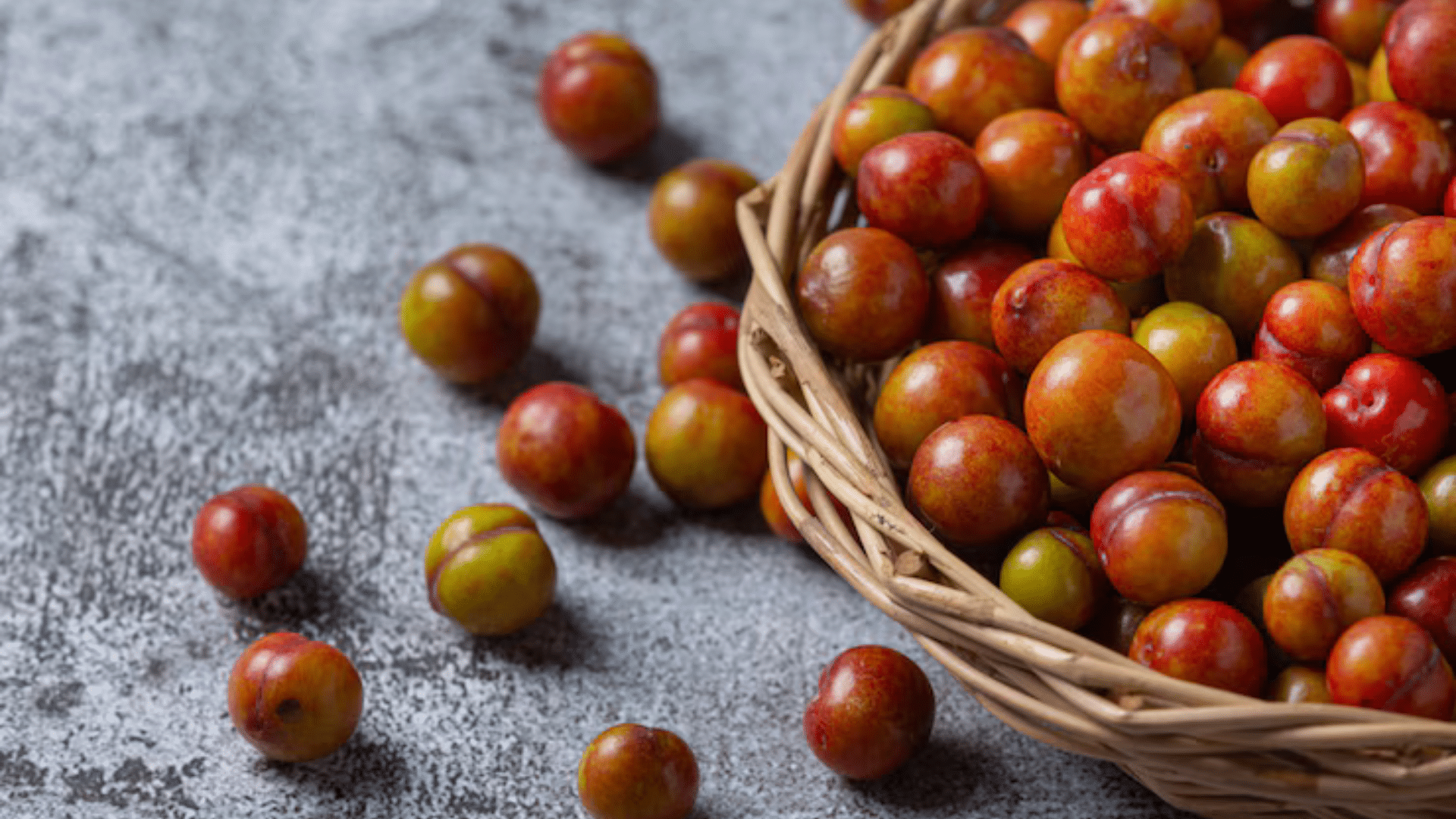
Jujub, also known as jujube or Chinese date, is a small, reddish-brown fruit. When fresh, it’s crisp like an apple; when dried, it’s chewy and date-like.
| Attribute | Details |
|---|---|
| Scientific Name | Ziziphus jujuba |
| Harvesting Season | Late summer to autumn |
| Growing Conditions | Warm, dry climate; well-drained soil |
| Culinary Uses | Snacks, teas, and traditional medicine |
| Popular Regions | China, Korea, India, the Middle East |
Fun Fact: In traditional Chinese medicine, jujubes are used to reduce stress and improve sleep.
3. Salak

Salak, or snake fruit, is known for its reddish-brown, scaly skin. The fruit inside is crunchy and juicy, with a sweet and acidic flavor and a slight astringency.
| Attribute | Details |
|---|---|
| Scientific Name | Salacca zalacca |
| Harvesting Season | Late spring to early summer |
| Growing Conditions | Tropical climate, shaded moist soil |
| Culinary Uses | Fresh eating, pickles, jams |
| Popular Regions | Indonesia, Malaysia, Thailand |
Fun Fact: Salak gets its nickname “snake fruit” due to its scaly, snake-like skin.
4. Bunya
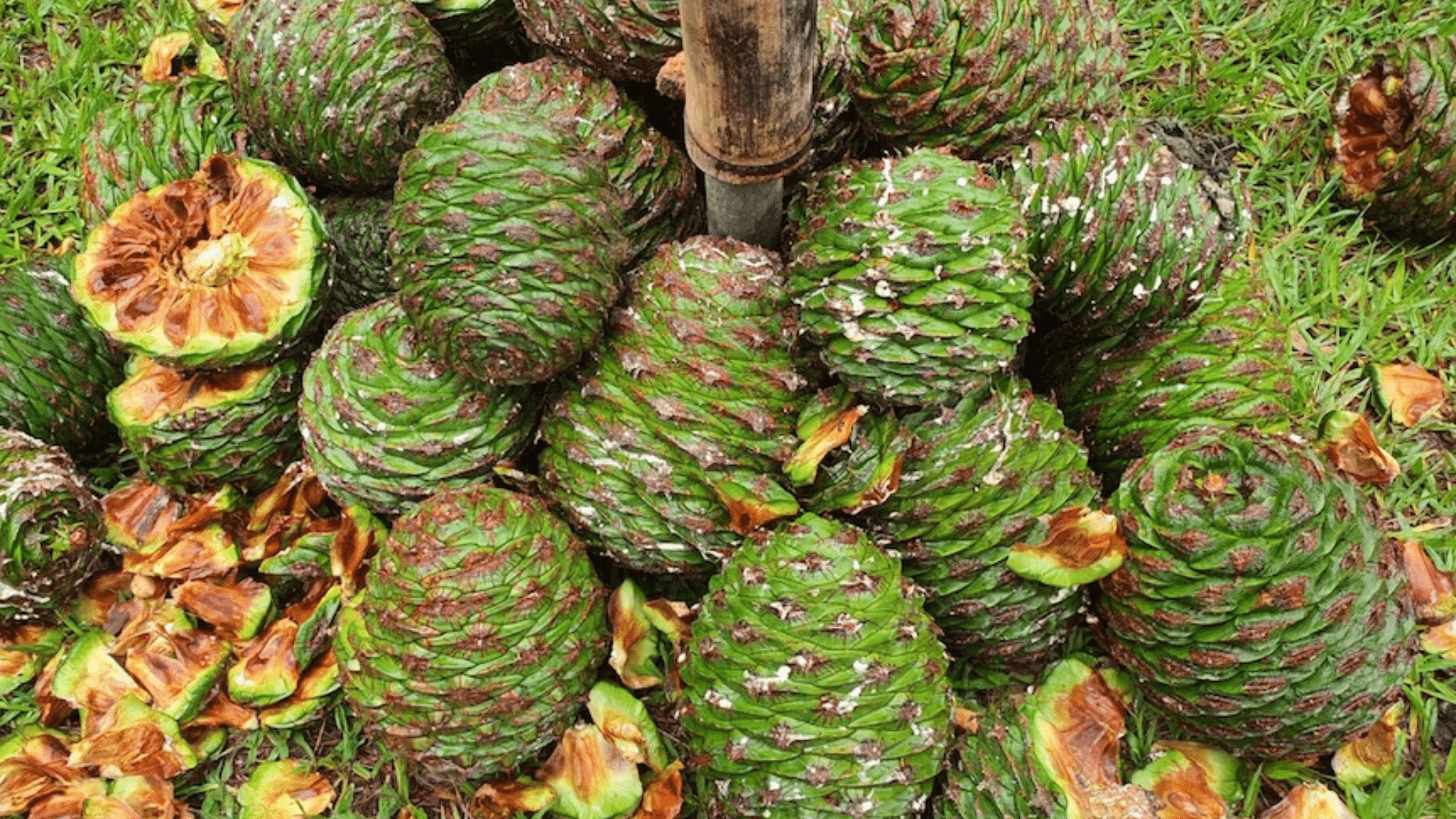
The Bunya nut comes from the Bunya tree, native to Australia. It has a sweet, starchy flavor and was a key food source for Indigenous Australians.
| Attribute | Details |
|---|---|
| Scientific Name | Araucaria bidwillii |
| Harvesting Season | Late summer to fall |
| Growing Conditions | Subtropical climates, rich soil |
| Culinary Uses | Nut consumption, roasting |
| Popular Regions | Australia, Queensland |
Fun Facts: The Bunya tree’s edible nuts have been a food source for Indigenous Australians for thousands of years.
Other Common 5 Letter Fruits
A variety of delicious fruits with five letters in their names. From sweet apples to melon, these fruits are both refreshing and versatile.
5. Apple

Apples are sweet, crisp, and come in various colors like red, green, and yellow. They are an excellent source of fiber and vitamin C.
| Attribute | Details |
|---|---|
| Scientific Name | Malus domestica |
| Harvesting Season | Late summer to fall |
| Growing Conditions | Temperate climates, well-drained soil |
| Culinary Uses | Pies, juices, salads, and sauces |
| Popular Regions | USA, China, Europe |
Fun Fact: Apples belong to the rose family (Rosaceae), and there are over 7,500 different varieties of apples worldwide.
6. Mango
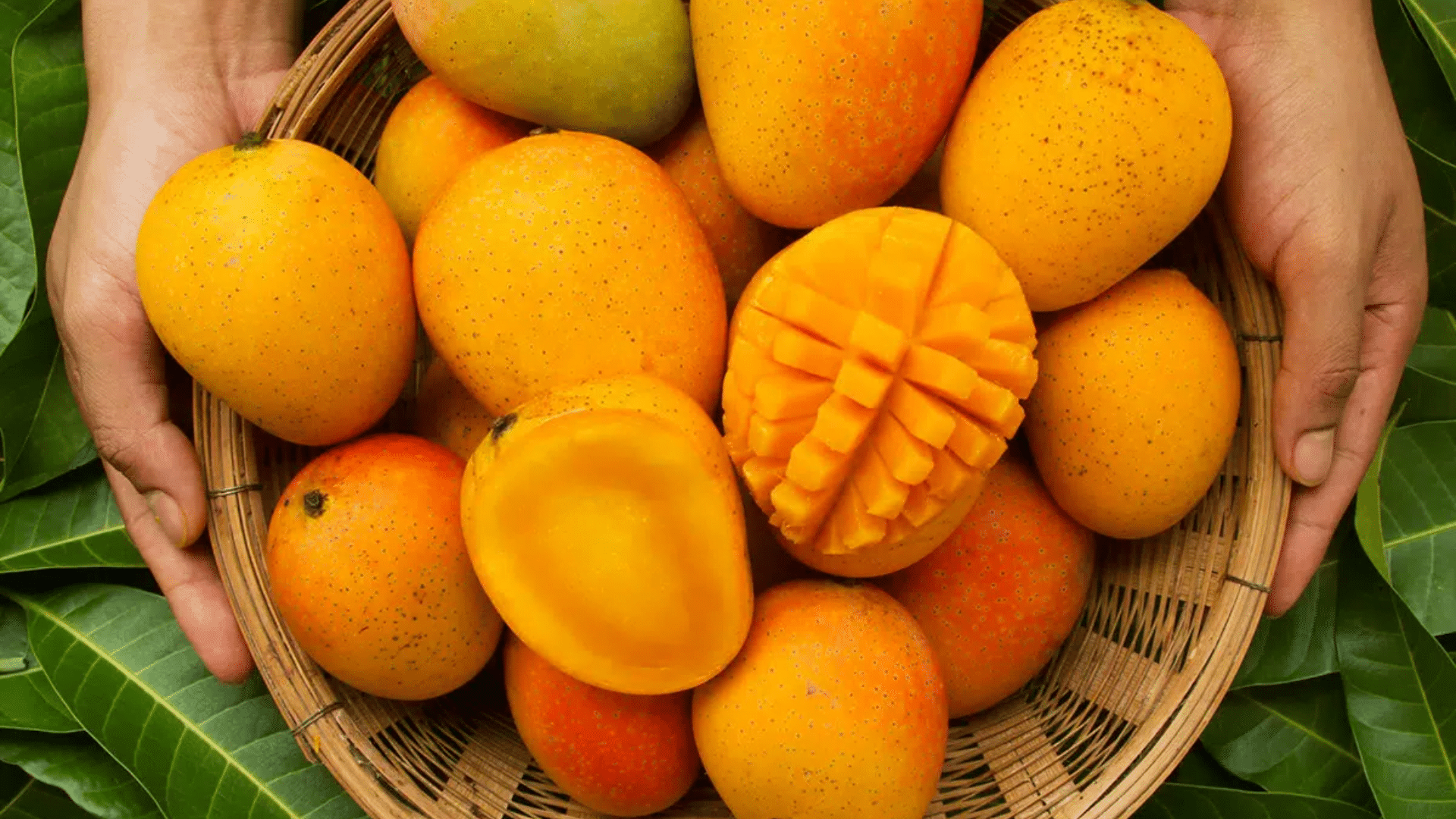
Mangoes are tropical and juicy fruits, known for their sweet flavor and high vitamin content. They’re a good source of vitamins A and C.
| Attribute | Details |
|---|---|
| Scientific Name | Mangifera indica |
| Harvesting Season | Spring to early summer |
| Growing Conditions | Tropical climates, well-drained soil |
| Culinary Uses | Smoothies, salads, and desserts |
| Popular Regions | India, Thailand, Mexico |
Fun Fact: Mangoes were first cultivated over 4,000 years ago in India and are the most widely consumed fruit in the world.
7. Lemon
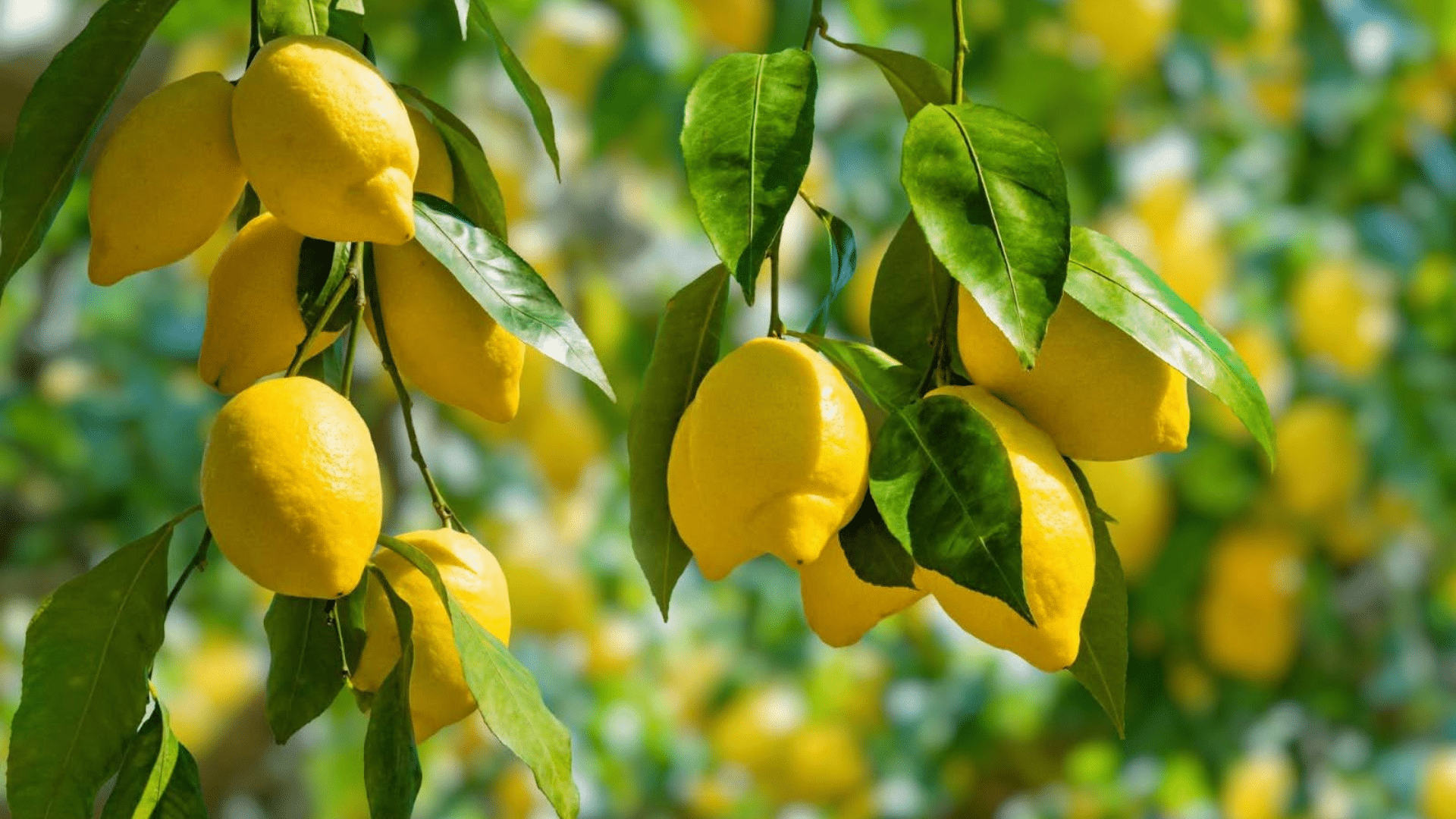
Lemons are tangy citrus fruits often used for their juice, which is high in vitamin C. They also contain antioxidants and can aid in digestion.
| Attribute | Details |
|---|---|
| Scientific Name | Citrus limon |
| Harvesting Season | Winter to spring |
| Growing Conditions | Sunny, well-drained soil |
| Culinary Uses | Juices, baking, and garnishing |
| Popular Regions | Mediterranean, USA, Argentina |
Fun Fact: Lemons are a natural antibacterial agent and are used for cleaning and skincare purposes.
8. Peach
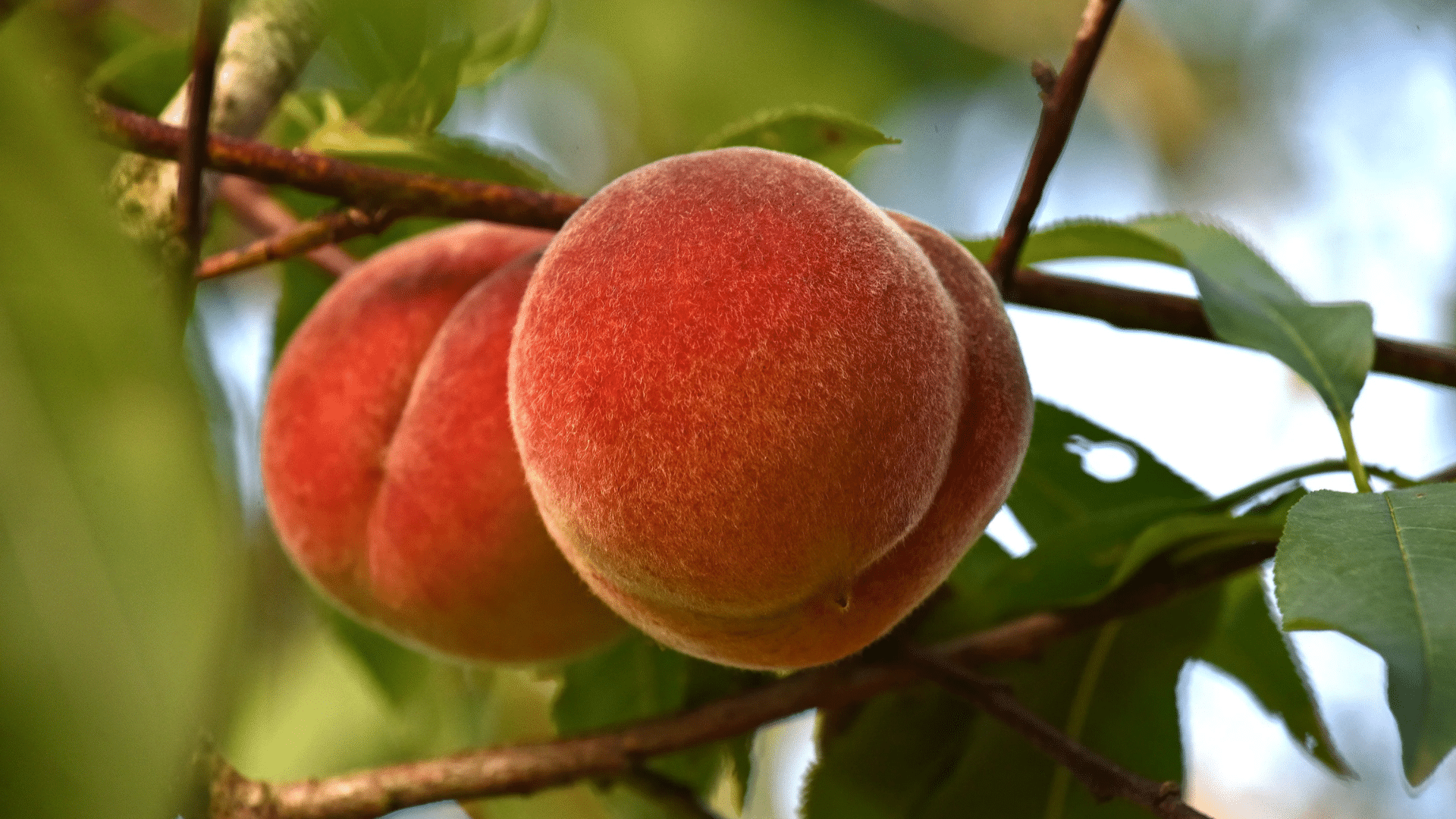
Peaches are juicy, soft fruits with a sweet and tart flavor. Rich in vitamins and antioxidants, they support heart and skin health.
| Attribute | Details |
|---|---|
| Scientific Name | Prunus persica |
| Harvesting Season | Late summer to early fall |
| Growing Conditions | Warm, sunny climates, well-drained soil |
| Culinary Uses | Desserts, jams, and fresh food |
| Popular Regions | USA, China, Italy |
Fun Fact: The peach is a symbol of immortality and longevity in Chinese culture, often associated with gods and eternal life.
9. Guava
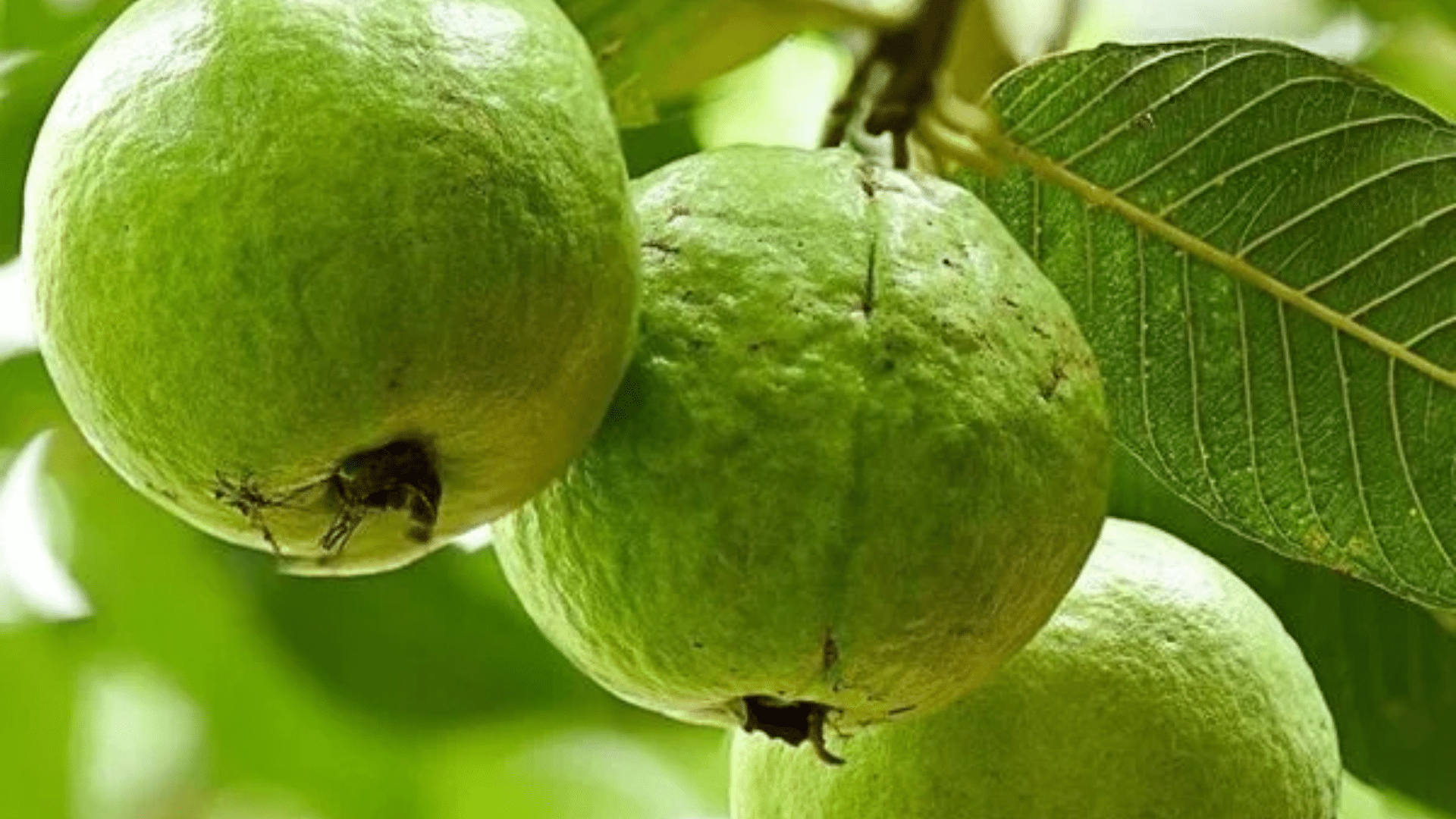
Guavas are tropical fruits known for their sweetness and high vitamin C content. They are also rich in dietary fiber and antioxidants.
| Attribute | Details |
|---|---|
| Scientific Name | Psidium guajava |
| Harvesting Season | Year-round, peak in summer |
| Growing Conditions | Tropical climates, moist soil |
| Culinary Uses | Juices, jams, and fresh eating |
| Popular Regions | India, Central America, Africa |
Fun Fact: Guavas have more vitamin C than oranges, providing over double the recommended daily intake of vitamin C.
10. Olive

Olives are small fruits commonly used for oil production, rich in healthy fats and antioxidants. They’re beneficial for heart health and inflammation.
| Attribute | Details |
|---|---|
| Scientific Name | Olea europaea |
| Harvesting Season | Fall to early winter |
| Growing Conditions | Mediterranean climates, dry, well-drained soil |
| Culinary Uses | Olive oil, salads, tapenade |
| Popular Regions | Mediterranean, California, Spain |
Fun Fact: Olive trees can live for over 2,000 years, and olive oil has been a staple of the Mediterranean diet for centuries.
11. Grape
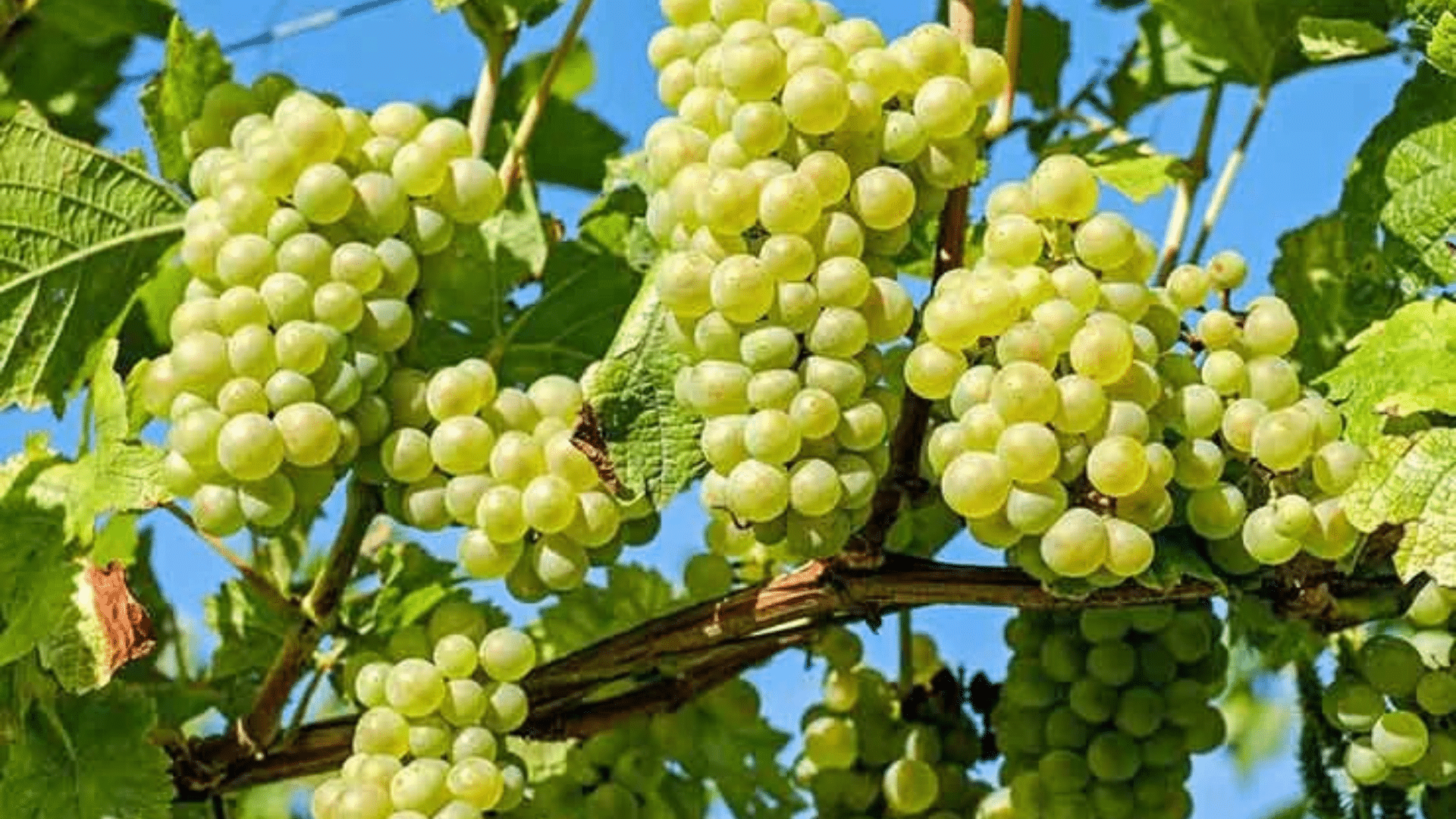
Grapes are small, round fruits, often used for making wine and raisins. They are rich in antioxidants and beneficial for heart health.
| Attribute | Details |
|---|---|
| Scientific Name | Vitis vinifera |
| Harvesting Season | Late summer to fall |
| Growing Conditions | Warm, sunny climates, well-drained soil |
| Culinary Uses | Wine, raisins, juices, and fresh eating |
| Popular Regions | USA, France, Italy |
Fun Fact: Grapes are used to make both wine and raisins and have been cultivated for over 8,000 years.
12. Melon
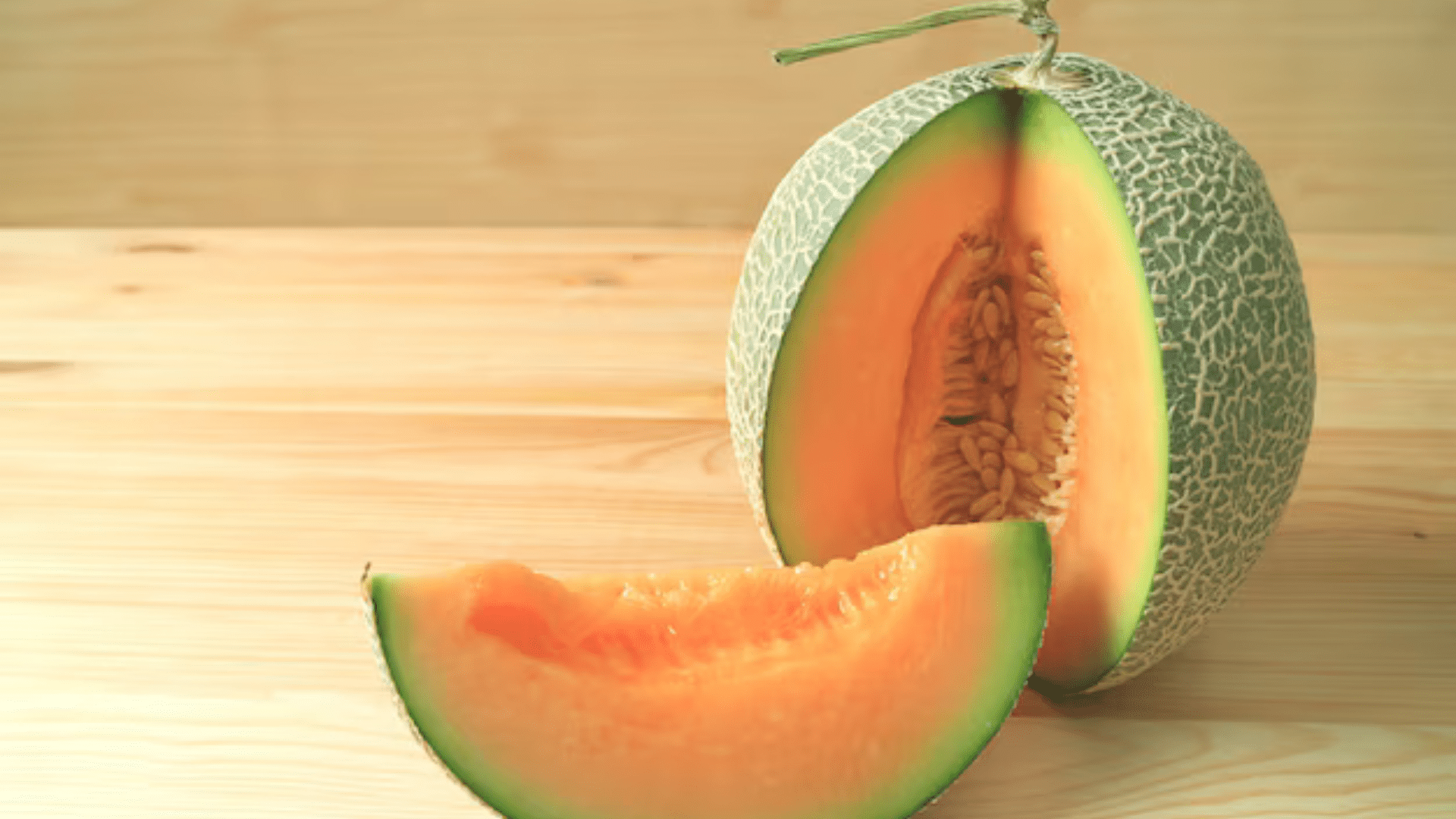
Melons, like watermelon and cantaloupe, are hydrating, refreshing fruits with high water content. They are rich in vitamins A and C.
| Attribute | Details |
|---|---|
| Scientific Name | Cucumis melo |
| Harvesting Season | Summer to early fall |
| Growing Conditions | Warm, sunny climates, well-drained soil |
| Culinary Uses | Salads, smoothies, and fresh eating |
| Popular Regions | USA, Africa, China |
Fun Fact: Watermelon is technically a berry and is made up of about 92% water.
Clues for Common 5 Letter Fruits in Crossword Puzzles
Crossword solvers often encounter fruit clues that need five-letter answers. These clues can be tricky, but knowing common patterns helps.
Here’s a table of the five most popular five-letter fruits and their typical crossword clues:
| 5-Letter Fruit | Common Crossword Clues |
|---|---|
| APPLE | “Teacher’s gift”, “Orchard fruit”, “Red or green fruit”, “Pie filling fruit” |
| GRAPE | “Wine source”, “Bunch fruit”, “Vineyard harvest”, “Purple or green cluster” |
| LEMON | “Yellow citrus”, “Sour fruit”, “Tea addition”, “Car that’s a dud” |
| PEACH | “Fuzzy fruit”, “Georgia’s pride”, “Cobbler ingredient”, “Soft orange fruit” |
| MANGO | “Tropical treat”, “Indian fruit”, “Smoothie ingredient”, “Orange tropical fruit” |
| GUAVA | “Pink tropical fruit”, “Jelly fruit”, “Caribbean native”, “Vitamin C source” |
Most crossword creators use simple, direct clues for these fruits. They might reference the fruit’s color, taste, or common uses. Sometimes clues hint at where the fruit grows or what people make with it.
The key is recognizing these patterns. When a clue mentions something tropical, think mango or guava. If it’s about sourness, lemon fits perfectly.
Bottom Line
Fruits like apples, mangoes, olives, peaches, grapes, citrus, bunya, melons, dates, and others not only brighten up our diets but are also packed with fascinating history, nutritional benefits, and unique qualities.
The vitamin C powerhouse of each fruit brings something special to the table.
These 5 letter fruits have been treasured across cultures for centuries, offering more than just great flavor; they’ve been symbols of health, longevity, and even immortality.
So, which of these fruits is your favorite? Or maybe you have a fun fact or two to share? Drop a comment below with your thoughts, suggestions, or feedback.


